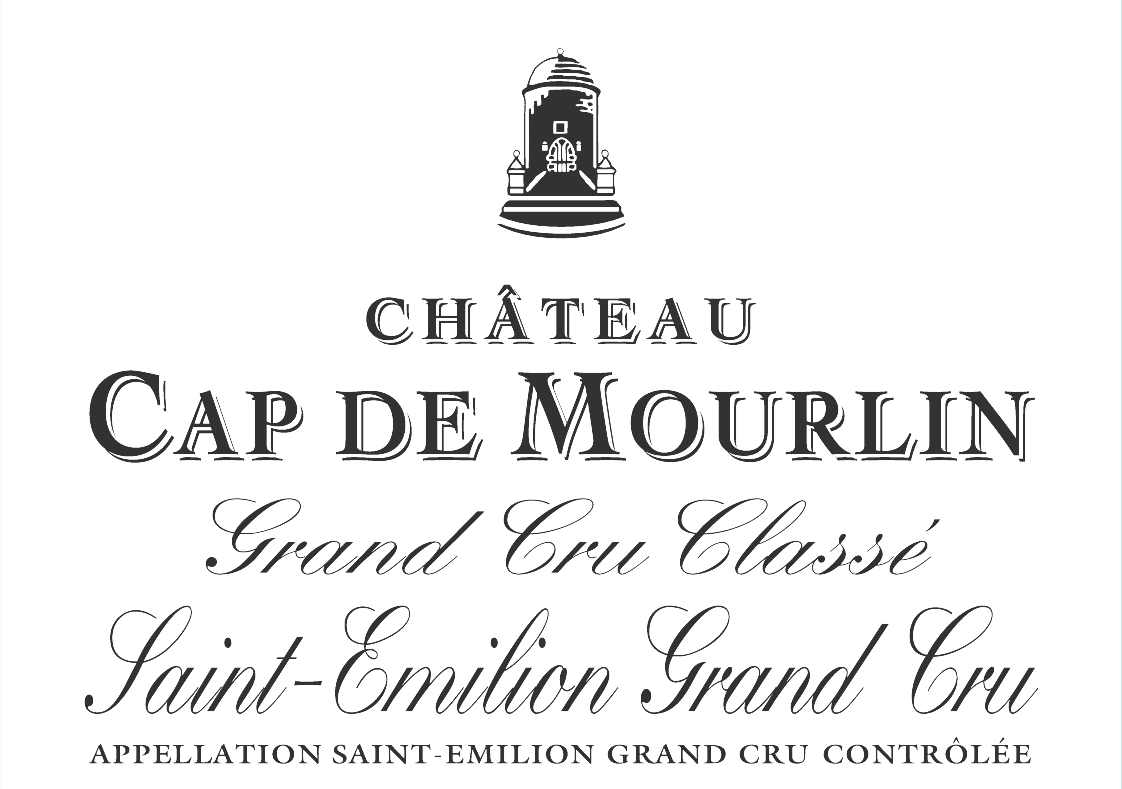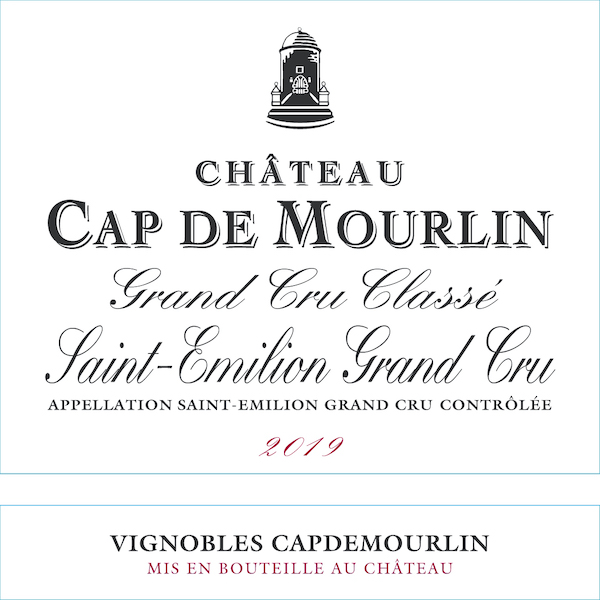
Vintage 2016


BOTTLE AUTHENTICATION

Starting with the 2019 vintage, we have implemented anti-counterfeiting protection. The QR trace security system of MSP-SAS reinforces security and traceability, thanks to the integration of new security features and authentications, unique per bottle.
EACH SEAL IS UNIQUE
The MSP-SAS QR trace security is a self-adhesive polymer label with iridescent relief. It is affixed directly to the back of each bottle of Château Cap de Mourlin under the back label.
EASY AUTHENTICATION
Authentication is very simple in the mobile version by flashing the 2D code on the seal, which takes the user to the platform inviting him to check the ID code and the iridescent embossed code unique to each bottle, present on the QR code security MSP-SAS. The platform then tells him if the bottle is authentic or not.
To authenticate your bottles of Château Cap de Mourlin, follow the link that will take you to the MSP SAS platform:

A team
Manager : Jacques CAPDEMOURLIN
Sales Manager : Thierry CAPDEMOURLIN
Technical Director : François CAPDEMOURLIN
Oenologists : Michel ROLLAND and Jean-Philippe FORT
Cellar master and oenologist : Rémi AUTIER
Head of culture : Daniel DUFFON
Presentation of the vineyard
Terroir : Clay-limestone and clay-silica soil
Grape varieties : 65% Merlot, 25% cabernet franc, 10% cabernet sauvignon
Rootstock :3309 – 101 14
Area : 14 hectares
Production : 70 000 bottles
Average age : 35 years old
Planting density : 6 800 feet / hectare
Vineyard management : ISO 14001 standard
Manual harvesting

the grape varieties
Cabernet Franc
Cabernet Franc is a red grape variety grown mainly in the Bordeaux region.
The Cabernet Franc has a less colored dress than the Cabernet Sauvignon.
It gives a wine with aromas of tobacco, raspberry, black currant and violet.
25%
merlot
Merlot is a grape variety whose name comes from the blackbirds who particularly appreciate the grapes in its bunches.
It is grown on cool clay-limestone soils. It is the majority grape variety in the Pomerol, Saint-Émilion and Fronsac appellations, which produce wines of great renown.
It is fairly hardy, but due to early bud break, it is susceptible to spring frosts. It appreciates soils that keep a little freshness.
It also matures earlier than Cabernet Sauvignon. The Merlot harvest can take place two weeks before the Cabernet Sauvignon harvest.
Because of its higher sugar content, Merlot is sweeter in the mouth
Merlot is a grape variety that produces round and smooth wines with black fruit aromas such as black cherry, blackberry and black currant.
65%
Cabernet Sauvignon
In the 17th century, French winemakers crossed Cabernet Franc and Sauvignon Blanc to create a unique grape variety with special flavors and thick, hard skins that facilitate growth and harvesting.
Cabernet Sauvignon is the most common black wine grape variety in the world after Merlot
It gives powerful and tannic wines with aromas of small black fruits when young (blackcurrant, blackberry), vegetable aromas of bell pepper when it lacks maturity and aromas of musk and leather when it evolves.
10%
the climate

WINTER
The winter of 2018-2019 was very mild, resulting in a premature bud break.

The summer
Beautiful flowering, then fruiting, the summer allowed the formation of beautiful clusters. High temperatures, however, and timely rainfall on three occasions: in July and August, favored the ripening of beautiful berries.

THE SPRING
The spring was rather cool. From the end of March to the beginning but some morning frosts without impact on the vine.

FALL
With the end of the summer, comes the harvest period. A few showers at the beginning of September, bringing freshness and energy to the grapes before the harvest.
The harvest started in mid-September. unusual for Chateau Cap de Mourlin, whose harvests are usually later. The summer was very hot and the phenoleptic maturity of the grapes was at its peak thanks to the rain and the very summery temperature of September.

